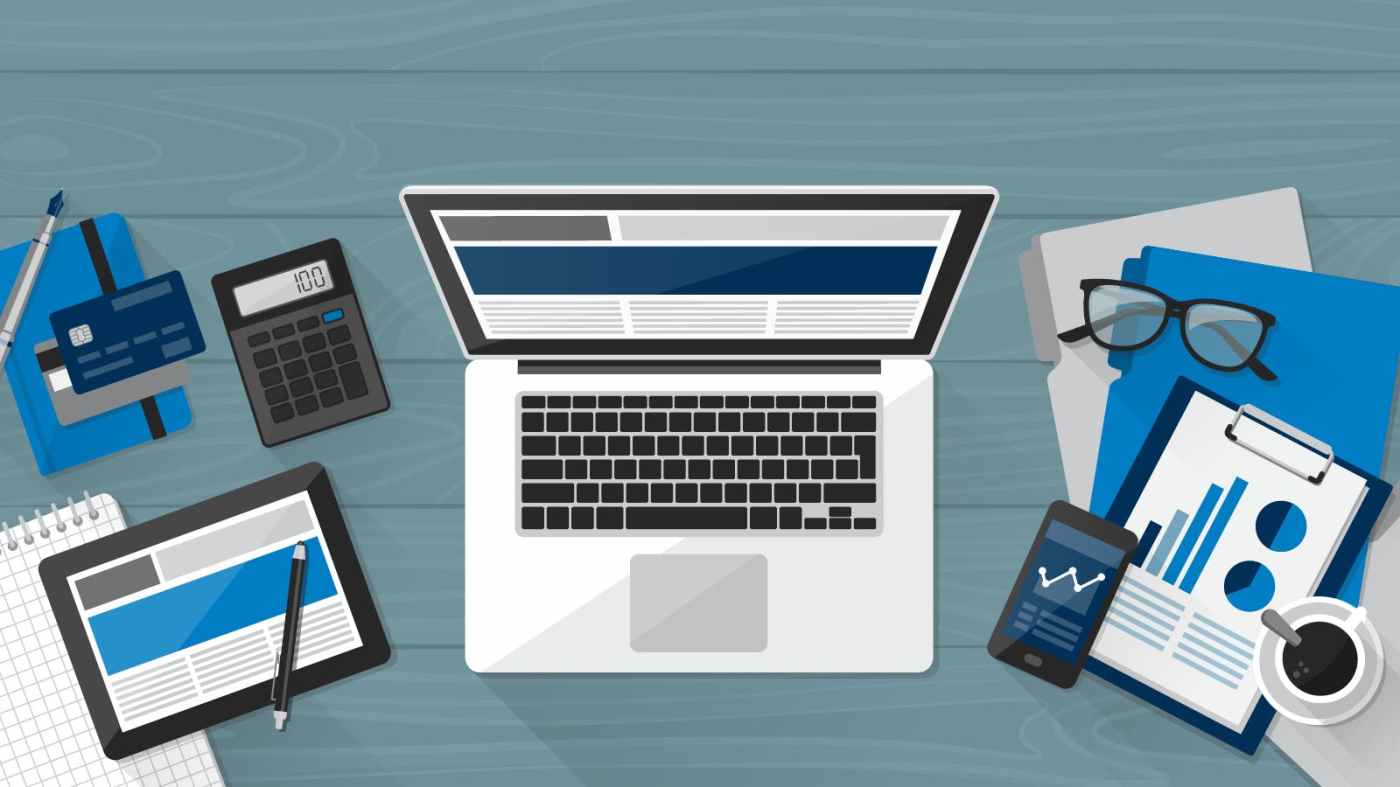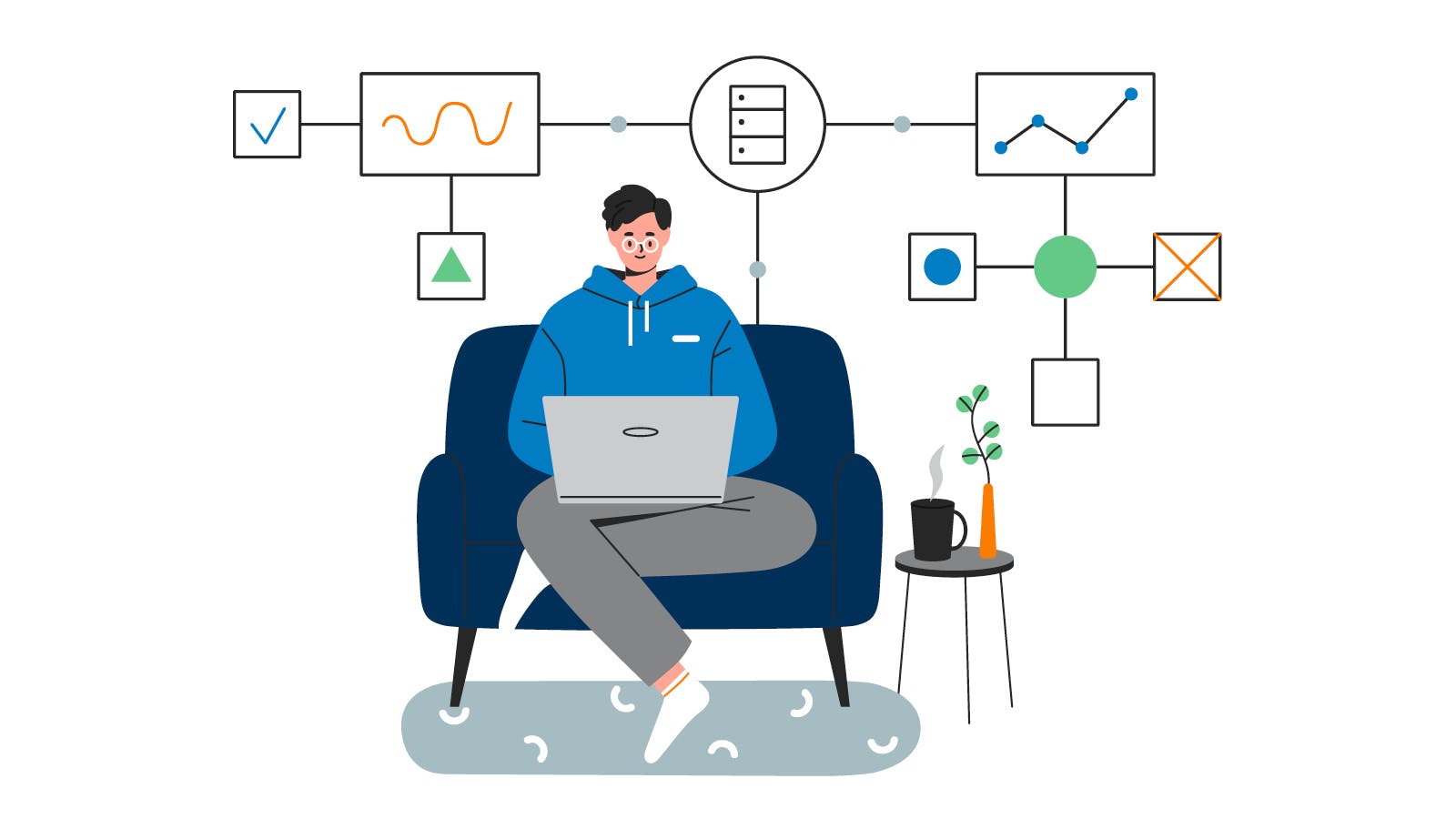Be honest – have you looked at your budget since declaring last year’s resolution? Plenty of people walk into the New Year with a brand new budget, but a few months down the line it’s outdated, restrictive or plain out ignored. But, unfortunately, ignoring your budget won’t make your financial woes go away. This year, why not resolve to detox that budget so it’s cleansed and ready to work its fiscal magic for 2020? While the best way to budget varies from household to household, these 6 steps should reset nearly anyone’s financial plans.
1. Recalculate your exact income
Did you receive a raise or bonus in 2019? Have you picked up a new side hustle? If any aspect of your income has changed over the last year, the first step is revisiting just how much you’re bringing in. Salaried employees have it pretty easy, while freelancers or hourly workers may need to average their last few months of income. Remember to include cash gifts and any money from freelance work.
2. List your current expenses
Does your budget reflect that increase in rent, or payments on the new car? Make a list of all expenses, whether fixed, flexible or periodic. Fixed expenses, or costs that stay the same and recur monthly, include mortgage payments or rent, car loan payments, savings account deposits, cable bills and the like. Flexible expenses are costs that change from month to month. Think groceries, gas and utilities. Periodic expenses do not occur regularly, and include taxes, gifts and vacations. Be sure to list exactly where you’re spending each month, no matter how small or seemingly insignificant.
3. Calculate what you’re actually spending
Once you’ve determined how much you’re making and what exactly you’re spending it on, you’ll need to track actual dollar amounts. Total up average monthly costs from 2019, and use the amount as a guide for 2020. Knowing exactly how much you spend, on both regular and periodic expenses, makes trimming and detoxing your budget much easier.
4. Don’t forget debt
Add the exact amount owed, interest rate and lender to your 2020 budget. Then, choose a plan of attack to pay it off as soon as possible. One popular method is paying down high-interest debt first, in order to save more money in the long run. You could also prioritize the smaller loans, via the snowball method, if the emotional kick of knocking a few out early is worth it to you. Either way, one of the best ways to manage debt quickly is by making extra payments. It may seem counter-intuitive to detox your budget by actually paying more, but devoting what you can to debt is a long term plan to eventually lighten your budget for good.
5. Add in savings
While it’s important you get a handle on debt as soon as possible, it’s also critical that you save up some form of an emergency fund. The target amount for emergencies varies from person to person, but $400 is a good place to start. Even a little cushion in the bank means you could avoid taking on more debt if something unexpected were to happen.
6. Brainstorm ways to reduce your monthly expenses
Now you’re really ready to detox! Review the things you spend money on each month, and start brainstorming ways in which you can reduce them. Could you relocate to a less expensive apartment, or rent out that extra bedroom? Have you gathered quotes for the least expensive insurance plan, or cable package? Taking the time to thoughtfully detox your budget means you’re more likely to actually make change in the new year.
Most importantly, after all that work, remember that budgets aren’t “set-and-forget.” The best way to budget is to revisit and continue trimming when possible. Start with these steps to make 2020 your year of financial freedom!
Published on December 26, 2019


